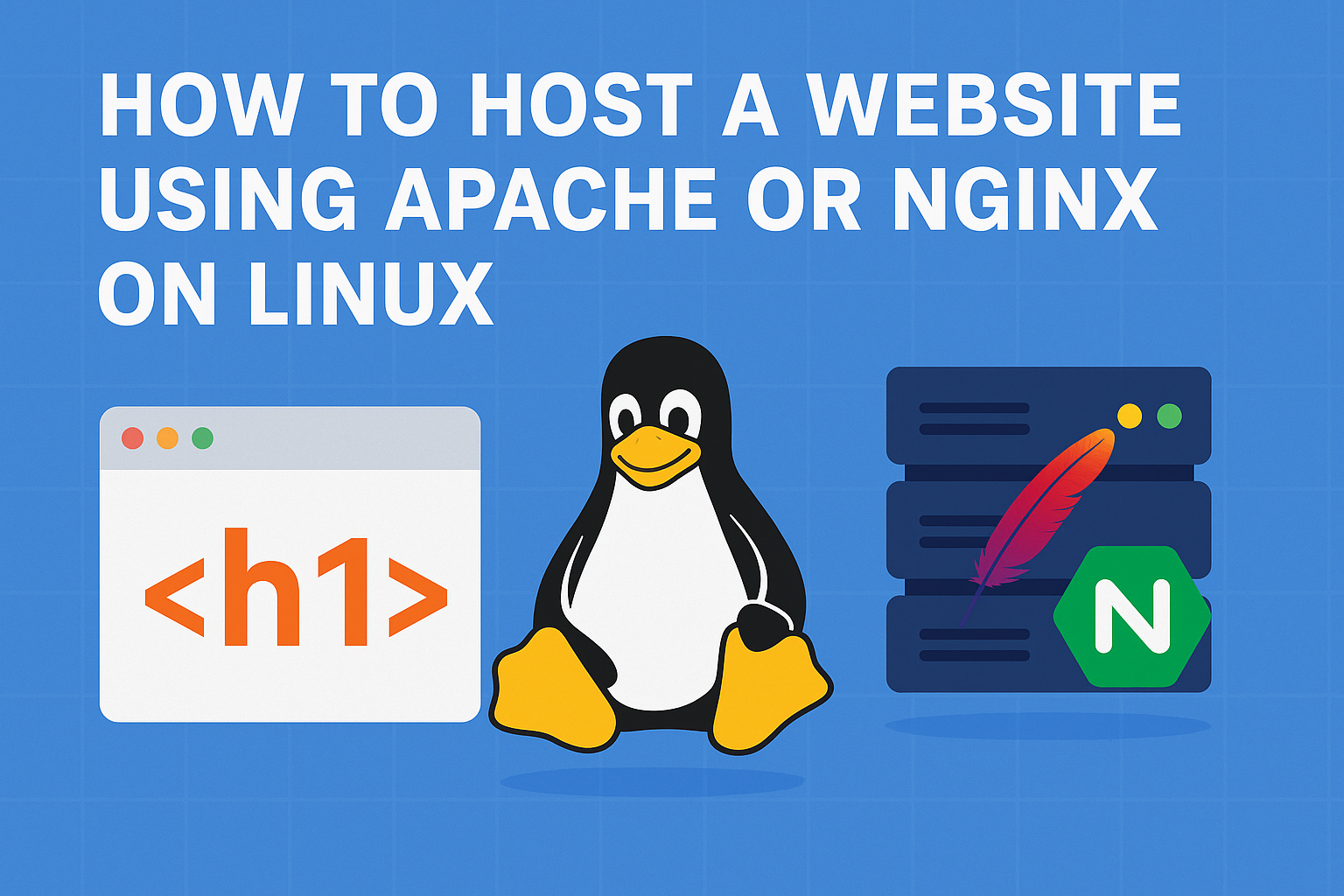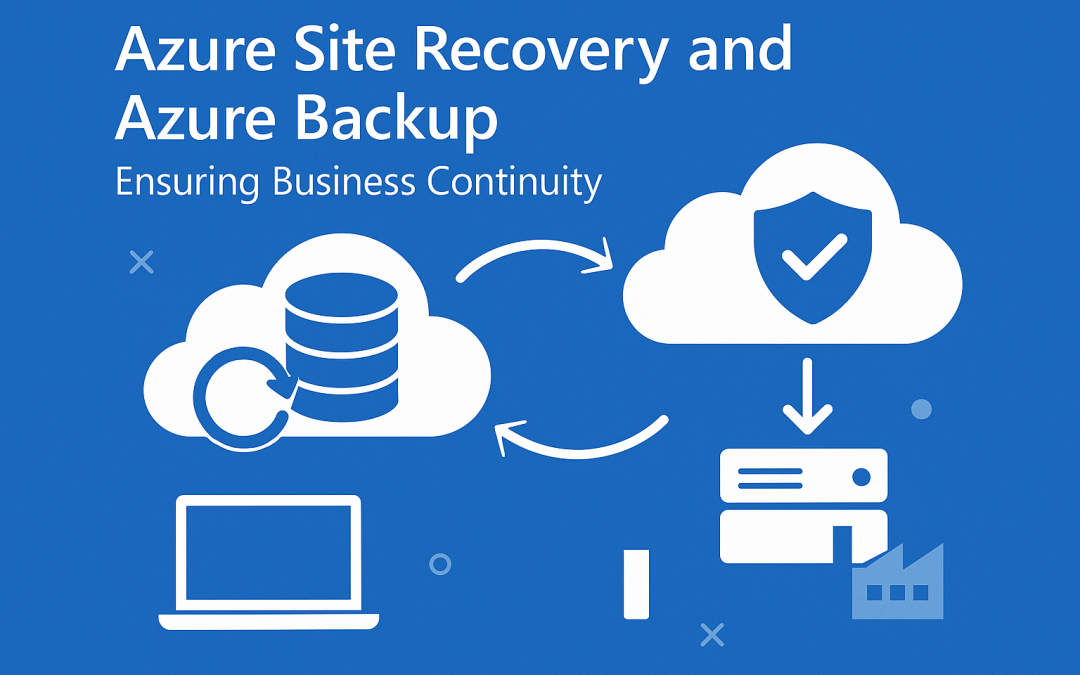
Hosting your own website on a Linux server is a powerful way to take full control over your web presence. Two of the most popular and efficient web servers used for this purpose are Apache and Nginx. In this guide, we’ll walk you through the basic setup process for both, and help you understand the differences so you can choose the one that fits your needs.
🔧 Requirements
- A Linux server (Ubuntu/Debian/CentOS)
- Root or sudo access
- Domain name (optional but recommended)
- Basic understanding of the command line
🛠 Step 1: Update Your System
Before installing any web server, update your package index:
sudo apt update && sudo apt upgrade -y # Ubuntu/Debian
sudo yum update -y # CentOS/RHEL
🌐 Hosting with Apache
Step 2: Install Apache
sudo apt install apache2 # Debian/Ubuntu
sudo yum install httpd # CentOS/RHEL
Step 3: Start and Enable Apache
sudo systemctl start apache2
sudo systemctl enable apache2
Step 4: Set Up Your Website
Put your HTML files in /var/www/html. For example:
echo "<h1>Hello from Apache</h1>" | sudo tee /var/www/html/index.html
Step 5: Adjust Firewall (If Active)
sudo ufw allow 'Apache' # For Ubuntu/Debian with UFW
sudo firewall-cmd --add-service=http --permanent && sudo firewall-cmd --reload # CentOS
Now visit http://your-server-ip to see your website.
🌐 Hosting with Nginx
Step 2: Install Nginx
sudo apt install nginx # Debian/Ubuntu
sudo yum install nginx # CentOS/RHEL
Step 3: Start and Enable Nginx
sudo systemctl start nginx
sudo systemctl enable nginx
Step 4: Add Your HTML Files
Replace the default index page:
echo "<h1>Hello from Nginx</h1>" | sudo tee /var/www/html/index.nginx-debian.html
Step 5: Configure Firewall
sudo ufw allow 'Nginx Full' # Ubuntu/Debian
sudo firewall-cmd --add-service=http --permanent && sudo firewall-cmd --reload # CentOS
Visit http://your-server-ip in your browser.
🆚 Apache vs Nginx – Which Should You Use?
| Feature | Apache | Nginx |
|---|---|---|
| Ease of Use | Easier for beginners | Steeper learning curve |
| Performance | Good | Better with high traffic |
| Config Files | .htaccess, flexible | Centralized configuration |
| Use Case | Dynamic content (PHP) | Static files, reverse proxy |
📌 Conclusion
Whether you choose Apache for its simplicity or Nginx for its performance, both servers are excellent tools for hosting websites on Linux. With just a few commands, your site can be live and accessible to the world.
How to Host a Website Using Apache or Nginx on Linux (F.A.Q)
Can I host multiple websites on one server?
Yes, using Virtual Hosts in Apache or Server Blocks in Nginx.
Is it necessary to have a domain name?
Not required, but it’s more professional and user-friendly than using an IP address.
How do I host a PHP site?
Install PHP (sudo apt install php) and configure it with Apache or Nginx + PHP-FPM.
What if I want SSL (HTTPS)?
Use Let’s Encrypt to get a free SSL certificate and install it with Certbot.









